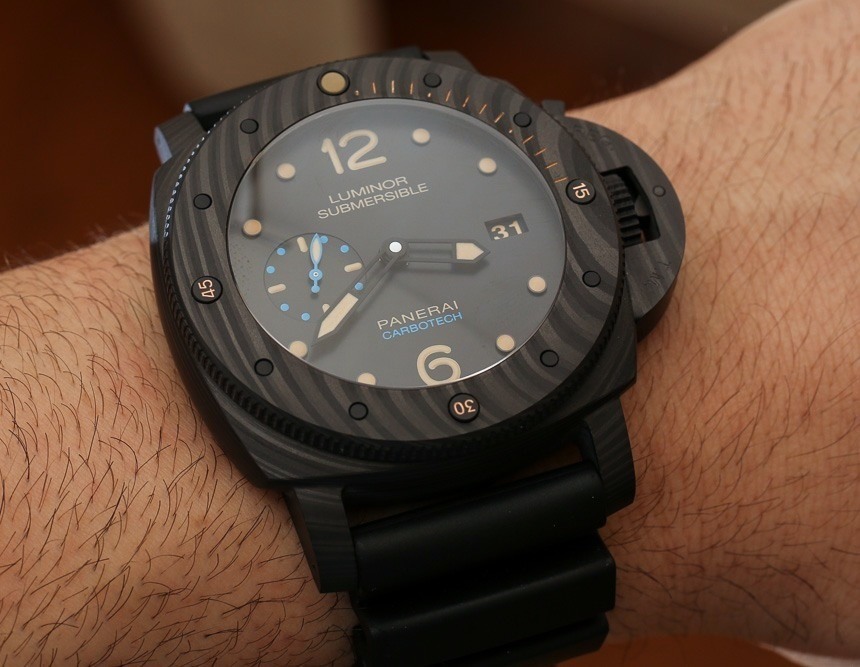[pexyoutube pex_attr_src=”https://youtu.be/Xt0CiUDVPHk”][/pexyoutube]
It involved a very complex world first procedure. Anatomics contacted CSIRO.
We have access to an electron beam metal printer, which means it’s a really high quality implant.
And we also have the experience of having done these types of jobs before.
So 3D printing works by inputting a 3D digital CAD file into a computer, and then that computer talks to the machine.
The machine puts down layer upon layer of material, and each layer is fused.
So as each layer is fused you then start to build up a product as your layers increase.
And Anatomics and the surgeon worked together quite closely.
he way that they came up with a design was to have these pieces that went over the bone, and then you could screw through the bone.
So it’s attached really securely.
The reason that 3D printing was desired for making this implant was because it needed to be customised exactly to suit the patient.
No human body is the same, so therefore every implant is going to be different. So this is the sternum here.
This here is mimicking the ribcage, and these pieces here are what attach on to the ends of the bone.
To get to this implant design Anatomics used the patient’s scan data.
And that meant that they were able to make an implant design that exactly matched the patient’s anatomy.
it would be an incredibly complex piece to manufacture traditionally, and in fact, you know, almost impossible.
Australia has a really fabulous skills base in biotech and biomedical manufacturing.
3D printing is set to really take advantage of that skills because
Internationally we’re now becoming very well known for our expertise in 3D printing for biomedical applications.





